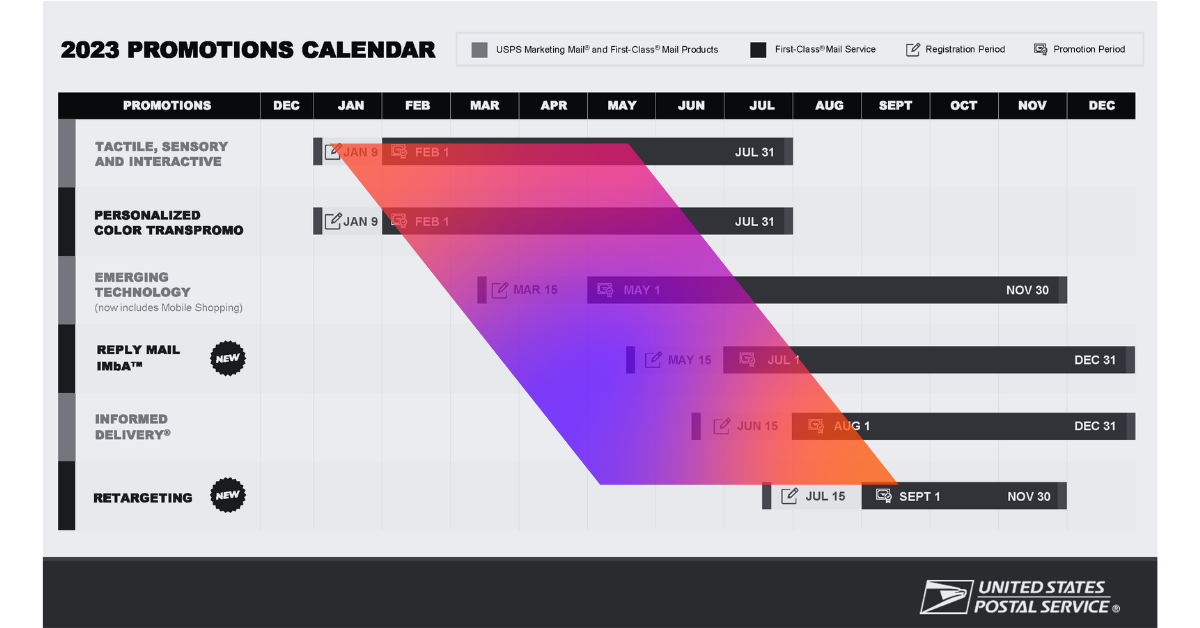The Great Trim Size Debate: Standard Size vs. Slim-Jim
.png?width=1024&height=512&name=MicrosoftTeams-image%20(6).png)
At Kodi, we’re frequently asked “which trim size gets the best response rate?” And while we may not be able to answer this question for your brand in this article, we can dissect the components that influence this decision. So, grab your metaphorical magnifying glass as we explore the intricacies – the of these two contenders in the Great Trim Size Debate.
Dimensions Unveiled
As you may know, a standard size catalog measures between 7" x 10.5" and 8.5" x 10.875" while Slim-Jims are between 6" x 9.5" to 6" x 10.5". Standard size catalogs that are 4 oz or less are considered by the USPS to be “flats” and can qualify to mail at an automated rate. Slim-Jims that are 3 oz or less can qualify for an automated letter rate. Which one is best for your business? For this blog post's purpose, we will compare a 32-page, 4-oz standard-size catalog and a 48-page 3 oz Slim-Jim. Let’s explore the pros and cons for both formats.
Cost-Savings and Design Preferences
Response rates are based on what resonates with your customers, leaving you to strike the right balance between cost-savings and design preferences. The sample page counts and trim sizes listed above would mean approximately the same amount of total square inches for both books. From a design perspective, a marketer whose catalog is landscape heavy, may prefer the extra square inches per page of a standard size catalog. Or, if your catalog is very product heavy, the standard size may make more sense. On the plus side, flats have the potential to participate in a co-mail program to save money on postage. Don't forget that flats are subject to deflection rules, while Slim-Jims are not because they are tabbed. While standard size is more expensive than Slim-Jims, we have found that designers love having extra width.
Slim-Jim formats are narrower and taller than standard size which is ideal if your if your company lends itself to a more vertical product. They were once more economical and commonly used for sale books, closeout catalogs, and other promotional materials. The biggest benefit of Slim-Jims may be the postal savings. By mailing at an automated letter rate, you can save over 10 cents per book in addition to the co-mingle savings. Slim-Jims do require wafer sealing which may or may not be ideal for the aesthetics of your brand, but most consumers are used to opening the tabs now that they are widely used. One thing to note is that while Slim-Jims are not subject to deflection rules, there is a minimum paper weight requirement for the outside cover of 60# text weight or greater. All things considered; Slim-Jim mail often results in higher net postage savings compared to flats.
Choosing the Right Format for Your Brand
The optimal format for your brand hinges on what resonates with your customers. Unfortunately, accurately predicting the most effective format isn’t possible without testing. With a Slim-Jim you will be saving money on postage, but does this size align with your branding and designers’ vision? Are the extra square inches offered by a standard size worth the extra cost? Consider testing both formats while monitoring response rates to determine which trim size yields the most favorable results. Pay attention to the catalogs you get in your mailbox – what are other brands in your industry doing? Do you want to follow suit or try to stand out?
Remember, there is no one-size-fits-all solution—choose wisely based on your specific goals and audience preferences. And if you ever get stuck, our experts at Kodi can help you find the best solution for your brand and budget.
-1.webp?width=1050&height=273&name=TSG-CJK-logo-RGB_150dpi_transparent%20(1)-1.webp)


